You would have to test the wires with a digital low resistance ohmmeter or a meggar
Whichever is easiest should suffice I think - measuring the resistance or voltage drop. Of course more testing increases accuracy though so I welcome it if you have the time ![]()
I’ve found that to strip 24AWG stranded teflon wire, I have to use the 26AWG stranded hole to strip it. You have to be careful though. I think it’s because of the tighter, more compressed teflon coating that you need the extra bite.
That's a different issue specific to the teflon. I'm talking about where the wire strands inside a piece of allegedly 22 gauge wire doesn't get cut when stripped in the 24 gauge hole. And then a different type of 22 gauge wire ends up with several strands cut if you do the same with it. Just because there are standards for what a particular wire gauge should be doesn't mean there are inspectors doing surprise inspections all around the world and handing out fines for manufacturers who cheat and put a 22AWG label on spools of 24 or 26AWG wire.
Anyone test against a gauge?
Ok - according to Wikipedia (I assume other sources as well), single strand wire is a better conductor than multi strand at the same gauge:
http://en.wikipedia.org/wiki/American_wire_gauge#Table_of_AWG_wire_sizes: "AWG gauges are also used to describe stranded wire. In this case, it describes a wire which is equal in cross-sectional area to the total of all the cross-sectional areas of the individual strands; the gaps between strands are not counted. When made with circular strands (see Circle packing), these gaps occupy about 10% of the wire area, thus requiring a wire about 5% thicker than equivalent solid wire."
http://en.wikipedia.org/wiki/Wire: "At high frequencies, current travels near the surface of the wire because of the skin effect, resulting in increased power loss in the wire. Stranded wire might seem to reduce this effect, since the total surface area of the strands is greater than the surface area of the equivalent solid wire, but ordinary stranded wire does not reduce the skin effect because all the strands are short-circuited together and behave as a single conductor. A stranded wire will have higher resistance than a solid wire of the same diameter because the cross-section of the stranded wire is not all copper; there are unavoidable gaps between the strands (this is the circle packing problem for circles within a circle). A stranded wire with the same cross-section of conductor as a solid wire is said to have the same equivalent gauge and is always a larger diameter.
However, for many high-frequency applications, proximity effect is more severe than skin effect, and in some limited cases, simple stranded wire can reduce proximity effect. For better performance at high frequencies, litz wire, which has the individual strands insulated and twisted in special patterns, may be used."
This is another scientific explanation: http://www.st-andrews.ac.uk/~www_pa/Scots_Guide/audio/skineffect/page1.html, though it's for audio, which comes up with a fill factor for multi-strand of: 0.9069 (same as the 10% number above).
There are differences between AC and DC, but basically these references state the bundle of wires act as a single wire because they are all short circuited to each other.
This doesn't mean I'm rush'n to buy single strand wires any time soon, but maybe for some usages tight in space it may be an option. Our usage is DC, low voltage, relatively high currents, so not sure, but I think it applies well.
If I had a mill I’d mill out the star from the back to expose the pad from underneath, then bore the appropriate guage size hole in that pad trace. I’d run the lead wire into this hole from the bottom and solder the wire into the trace hole like a via, then cut it off and sand it smooth on top. A painted on layer of mask and the surface of the star would be smooth and unobstructed.
Then again, if I really knew what I was doing I’d use connectors and make the entire assembly plug and play.
My K50 just arrived! But this was from HKE with EMS shipping. I ordered one for a fellow flashaholic.
The one from the GB should arrive in a week or two.
Here are some quick pics, but I’m not sure how to get the head open. Maybe it’s glued?
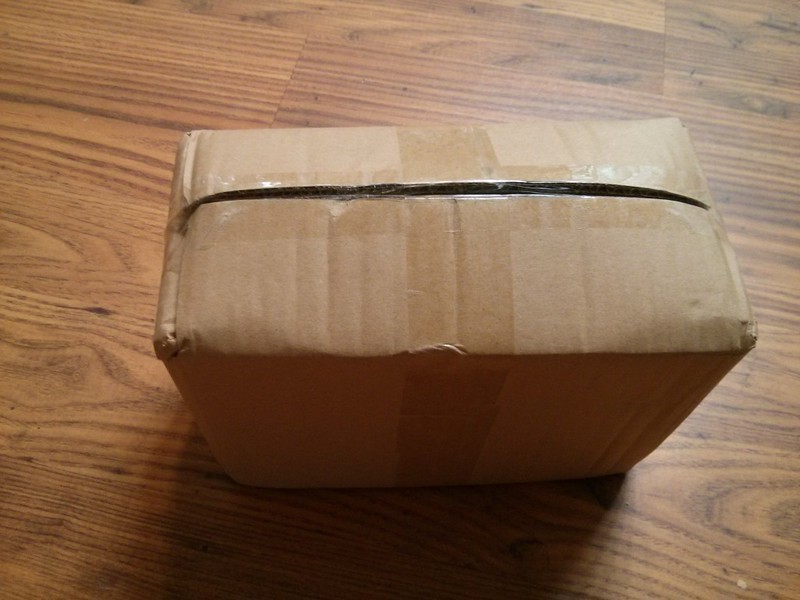
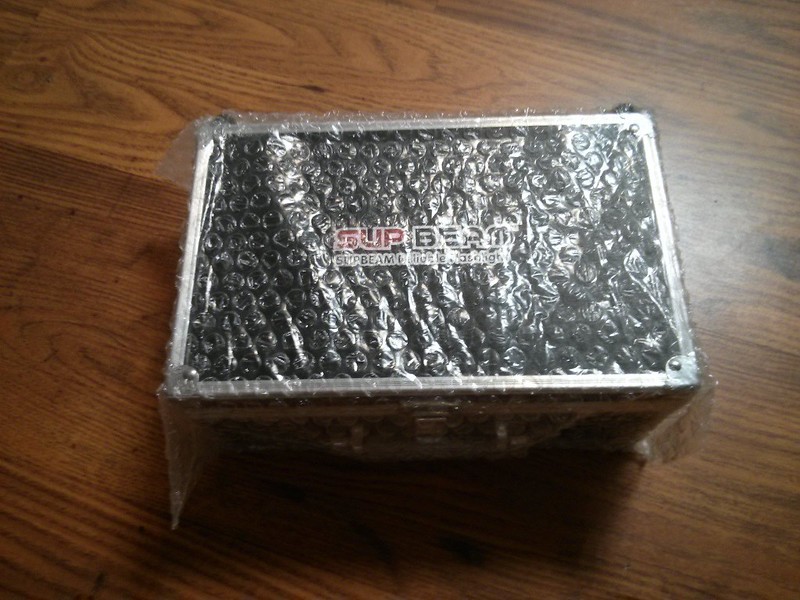
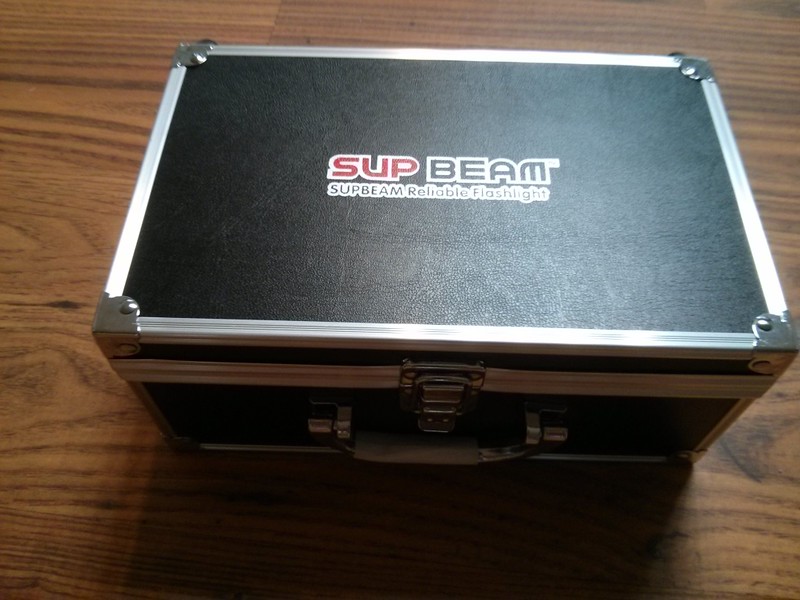
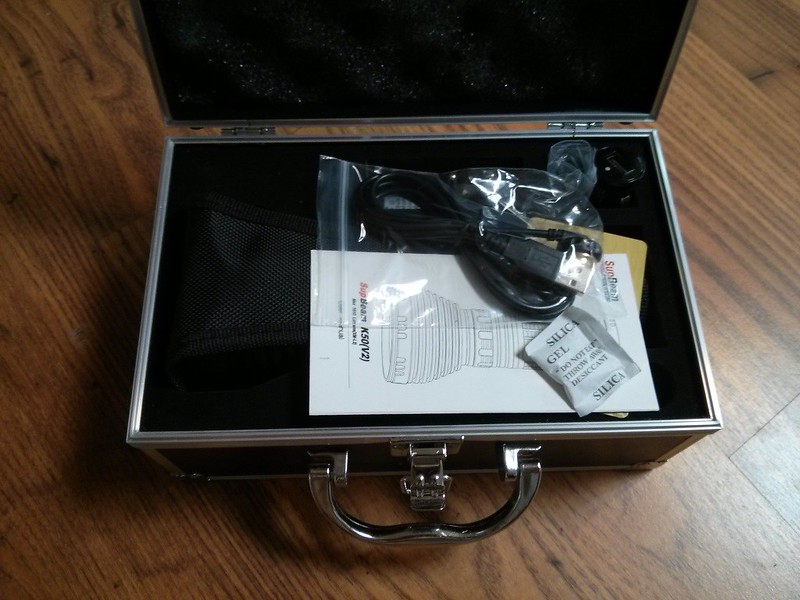
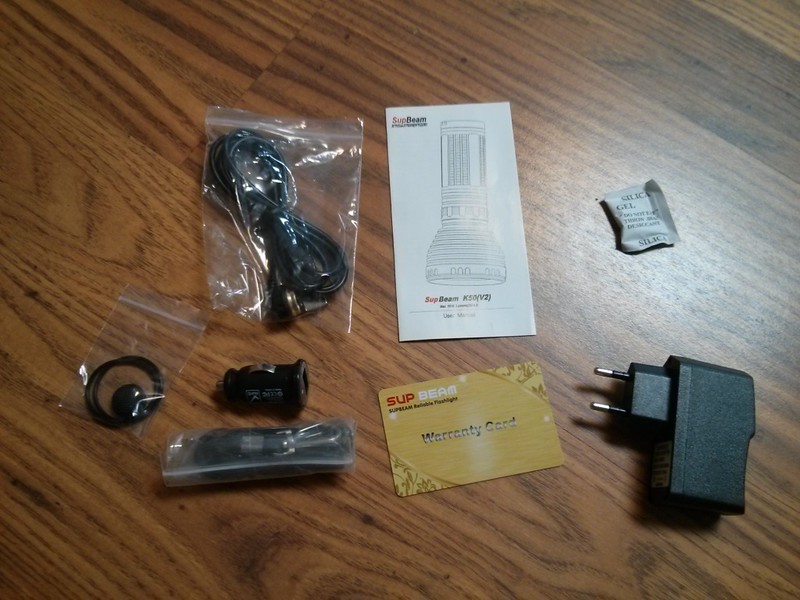
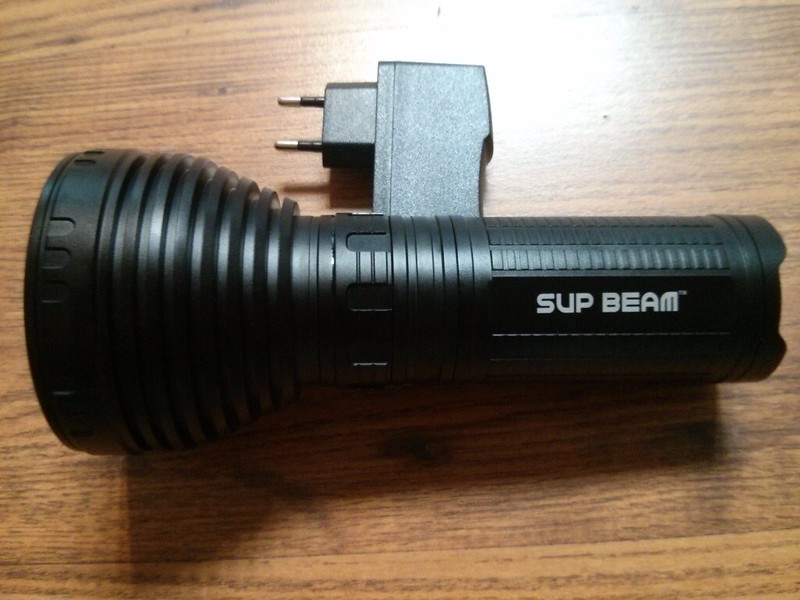
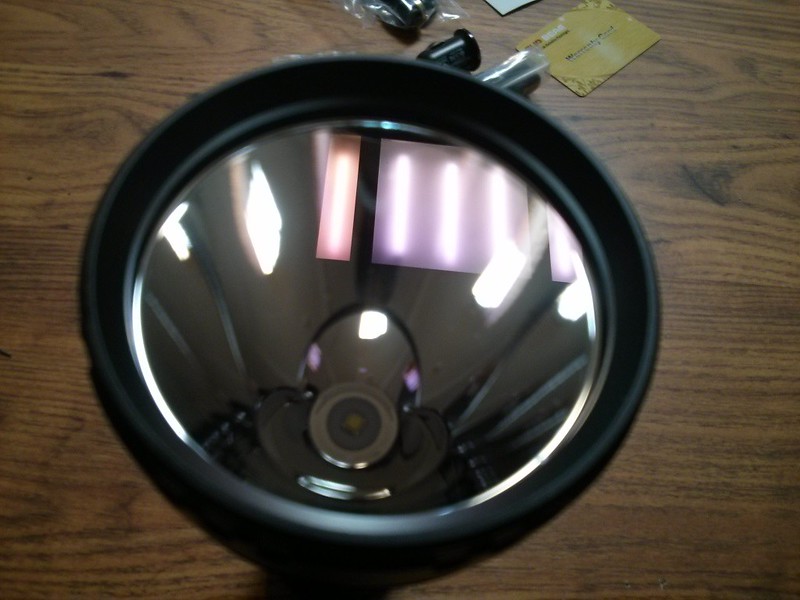
Prominent deep blue/purple AR coating on the lens.
I really hope it isn’t glued. That will be quite annoying.
I think the members at the GB were assured the head wasn’t glued.
Maybe it’s just my light from HKE, I’ll try to open it up.
i have mail with invoice but no tracknumber today from the groupsbuy .
or not mail it was send
I haven’t gotten a tracking number either, I’ll PM Bella and see what she says.
No tracking number here either. But the email I got with the invoice is a confirmation plus invoice attached. At a guess, maybe they are waiting to ensure the details are correct? Giving it some time for people who have incorrect information to respond.
That makes sense, but it also said no need to respond if all is good. Perhaps a confirmation email needs to be sent. I’ll wait to see what Bella says to Ryan though.
All these guys getting a K50 in the mail is making me itchy all over. ![]()
^ LOL, +1
Sweet!
I expect to see a full mod tutorial by the time I get my light. No pressure.
Now. Chop, Chop. :D
Well, I would, but when someone edits a post on the first page of a multi-page thread, the first view of the edited post resets the 'new' flags of the actual new posts on page 3! J)
i hope to find a clamp for on my bike for this light.
^ It's a big light, but I don't think it's so big you would want clamp your bike to it.
Seriously though, won't the beam be a bit too narrow for biking? I'm guessing the spill will be a bit too faint.